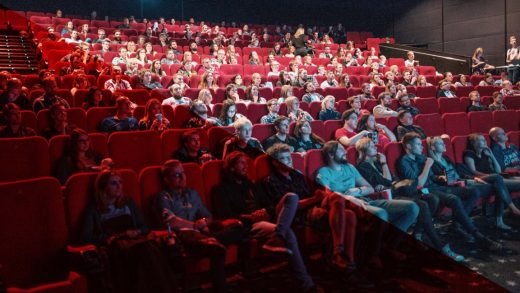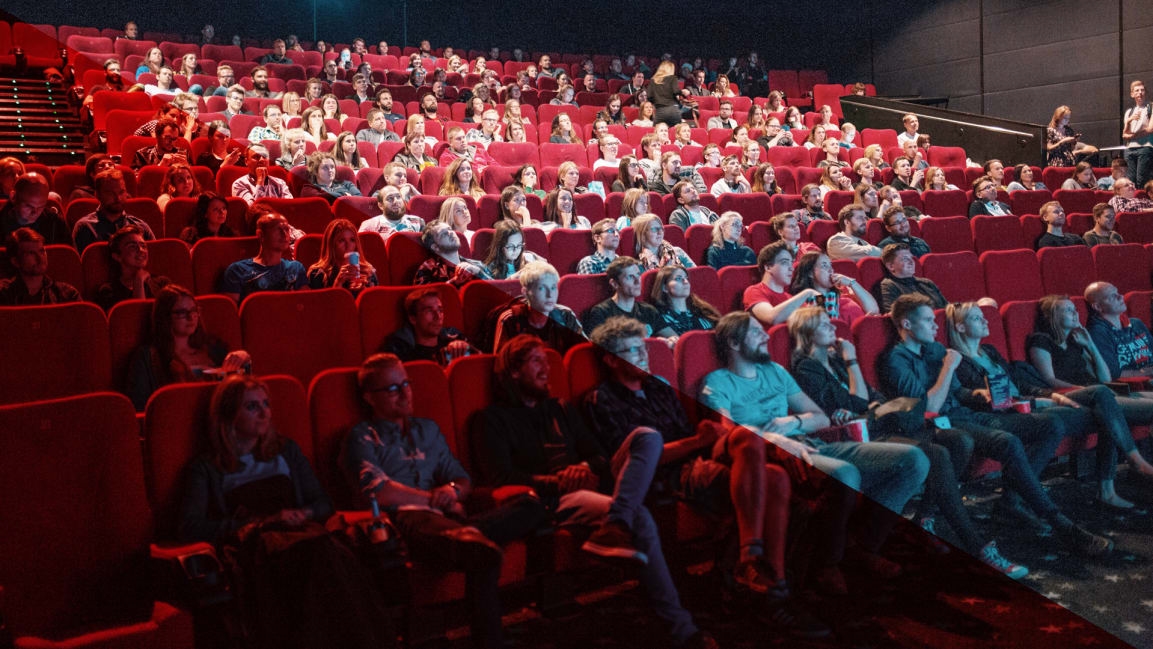Women bosses in movies are four times more likely than men to be nude
If there is a film with a powerful woman making important decisions about the fate of the word, it’s a good bet that she’ll be making those decisions in a skimpy outfit while putting up with sexual harassment and fighting to be heard.
Those are just some of the distressing findings in a new report from Plan International and the Geena Davis Institute on Gender and Media. Their research says the entertainment media still fails to show what it calls “high-quality” portrayal of girls and women.
The 40 page report titled “Rewrite Her Story” analyzed the 56 top-grossing films of 2018 from 20 countries, tracking gender, screen time, and leadership portrayal. Then it surveyed the attitudes and opinions of more than 10,000 young women around the world to understand how these movies influence their future career choices.
The report does not list any of the films analyzed and says they’ll remain anonymous. (The Geena Davis Institute has a policy against calling out film and TV production studios for its content.) But it’s possible that the findings for the U.S. portion of the study included some of the following films, which were among the highest grossers in North America last year: Black Panther, The Avengers: Infinity War, The Incredibles 2, Jurassic World: Fallen Kingdom, Mission: Impossible—Fallout, Ant Man and the Wasp, Crazy Rich Asians, Mary Poppins Returns, and Oceans 8.
Researched showed there were no women directors among the top-grossing domestic and international films surveyed. Only one in four films had at least one female producer, and only one in 10 had at least one woman on the writing staff.
In the movies themselves, men outnumber women 67% to 33%, and male characters speak twice as much as female characters. Men are shown in leadership roles nearly twice as often. Women are 30% more likely to be shown wearing revealing clothing, twice as likely to be shown partially nude, and four times as likely to be shown fully nude. Women film characters in leadership roles are more likely to be objectified than male leaders and more likely to be harassed.
Taking a close look at women leaders on film was just one part of the research. The second part was talking to young women around the world to find out how these films influence them when they consider their future lives and careers.
About 94% of women in the 19-country survey said that gender works against women professionals. Even though women leaders on film are more likable, intelligent, and capable, there aren’t enough of them to make an impact on young women filmgoers. A 22-year-old Ugandan woman told the researchers, “Of course, it hurts me because . . . even if I know I could be a leader, I won’t do it because I see it is just for men, not for women. So that affects me. I’ll have to sit back and watch men doing it, even though I am capable of doing it, too.”
Some of the respondents were dismayed by the lack of strong, un-objectified women leaders on screen but said it was just mirroring the real word:
“Right now . . . females aren’t in the top leadership positions almost anywhere in the world, and . . . even female representation in politics is much lower than men,” said an 18-year-old Canadian. “I think that sort of translates onto our entertainment. And I think it creates this vicious cycle.”
“Definitely there’s an impact,” says a 17-year-old from Peru, “because indirectly the movies are telling women that they are not able to take leadership roles in the same way that men can.”
The report’s summary includes a three-part call for action: fund women filmmakers to address issues of women in power from an alternative viewpoint; stop the sexualization and objectification of women and girls on screen; and develop more projects to inspire young women.
(15)



